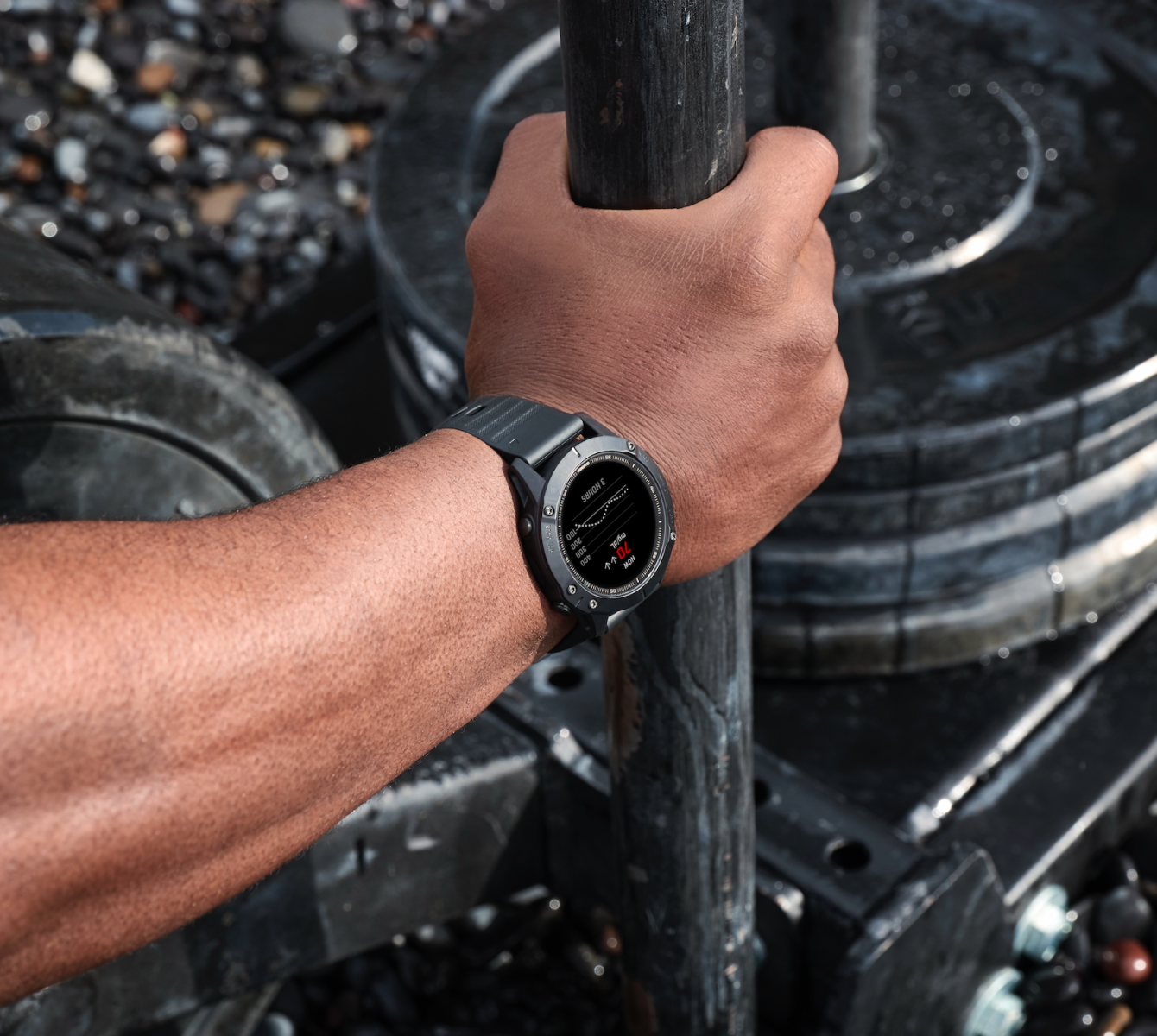See Your Dexcom G6 Data on Your Garmin Watch
By Andrew Briskin
 Dexcom and Garmin now offer a way to see your glucose levels and trends on your compatible Garmin smartwatch or cycling computer. Don Muchow, a seasoned extreme endurance athlete with type 1 diabetes, shares his experience with this new feature.
Dexcom and Garmin now offer a way to see your glucose levels and trends on your compatible Garmin smartwatch or cycling computer. Don Muchow, a seasoned extreme endurance athlete with type 1 diabetes, shares his experience with this new feature.
In the era of continuous glucose monitors (CGM) and smart devices, one of the key challenges in diabetes technology has been improving the way devices work seamlessly with each other and making it easy to view your glucose data. For users of a Dexcom CGM, this challenge may become a thing of the past.
In July 2021, the FDA approved Dexcom’s partner APIs, or application programming interfaces. This means that third-party devices and app developers can integrate real-time Dexcom CGM data into their apps and devices.
The first company to take advantage of this newly expanded data ecosystem is Garmin, which made the Dexcom app available on Oct. 13 through the Garmin Connect IQ store. “Our idea around partnering with Garmin is to amplify the value of Dexcom CGM data,” said Jake Leach, Chief Technology Officer at Dexcom.
Garmin users can now view their real-time glucose levels, trend direction, and three-hour glucose history while staying active, without having to look at their smartphone or separate Dexcom reader. Users will still have to keep their smartphone within Bluetooth range of the Garmin device to view CGM data. And for cyclists, triathletes, or other aspiring endurance athletes, the new compatibility is a reminder that with the right technology and support, diabetes should never be a limitation towards achieving your goals. For proof of that, read Ezra Ward-Packard’s article, “The Thrill of the Ride: Bike Racing with Diabetes."
The FDA approval of Dexcom partner APIs supports the expanded use of glucose data in the lives of people with diabetes, allowing people to more easily use their data to make daily decisions. “APIs significantly expand the way that CGM data can be used to reduce the burden of diabetes,” said Lane Desborough, CEO of Nudge BG, a company developing an automated insulin delivery (AID) algorithm to reduce the burden of insulin dosing and carb counting. He is also the father of a child with type 1 diabetes. “This can happen in a real-time context for yourself or a loved one, or to get decision support remotely from a clinician.”
Prior to July, these third-party apps and devices were only authorized to receive retrospective CGM data. “The switch to real-time CGM is consistent with our goal of empowering users to get their glucose data in as simple and conveniently accessible a way as possible,” said Leach. “We’ve had a lot of partners use our retrospective CGM data in the past, but they will now be able to display real time data, which is a big win. The connectivity of Dexcom devices also makes remote care much more of a reality, allowing doctors to log in and see their patient’s data.”
We asked Dexcom to connect us to an early user of its new app on a Garmin Smartwatch and they suggested we talk with Don Muchow, an endurance athlete sponsored by Dexcom and Garmin who has had type 1 diabetes for 49 years. He shared some of his impressions on how the app is helping him train for an upcoming 12.5 mile swim around Key West, Florida. He has accomplished several endurance feats such as running “Mouse2Mouse” from Disneyland to Disney World (over 2,800 miles) and completing Iron Man triathlons and 50k runs across the US.
“I had some concerns that during my swim workouts, there would be some issues with Bluetooth transmitting through the water,” he said. “I was able to adjust the on-screen display and view my glucose readings without having to stop my workout. The connection to my CGM stayed intact and I could move the display on my watch like moving windows around on a computer.”
The corporate partnership is particularly meaningful for endurance athletes with diabetes who use these devices, Muchow said.
“A lot of us struggle with high blood sugars when our CGM disconnects mid-race or mid-workout,” he said. “Before I could see my readings easily and adjust my basal rates, I would set a rate and if it was wrong, I would have to eat more or less to compensate. However, this could slow me down, since I had to make extra stops to eat and check my sugars. I like that I can now catch things while they’re happening. Without seeing this data real-time on my wrist, [it was] essentially guesswork.”
Users can download the Dexcom app directly onto their Garmin device through the Connect IQ app store. “Awareness of the value of CGM is important to increase access and CGM use, so the more awareness brought forth by companies like Garmin, the better,” said Leach.
In the future, Desborough hopes that partnerships like this continue to form, giving individuals greater control over their diabetes data. “It is my disease, my data, and I should be able to choose what I do with it and where that data goes,” he said. “I am very encouraged by the API and hope that Dexcom will broaden access to this, ultimately reaching individual people with diabetes.”
For more information about the Dexcom CGM, check out our continuous glucose monitor resource page here.
Editor's note: This article has been updated to reflect the fact that Garmin devices must still be connected via Bluetooth to a smartphone in order to display Dexcom CGM data.








